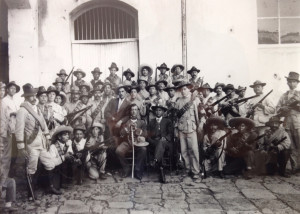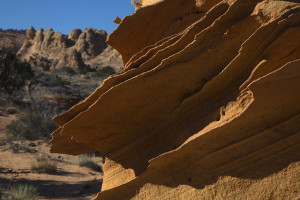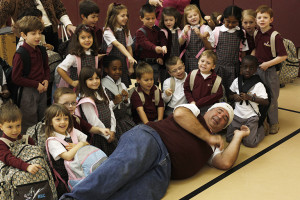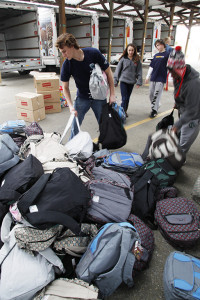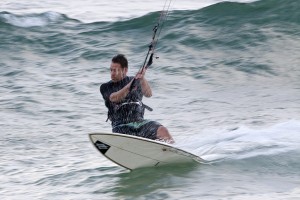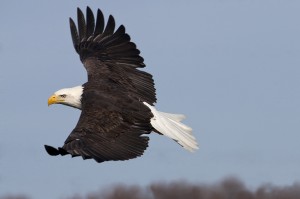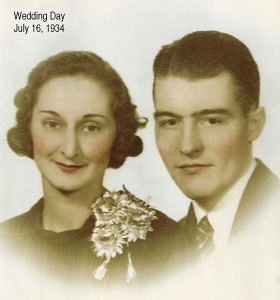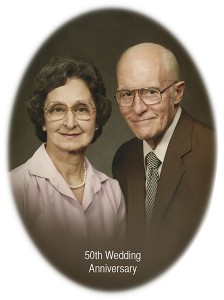Huge news was made a week ago in the online photography business. Getty Images announced that they were allowing that many of the pictures on their website that are for sale now will be available for anyone for “non-commercial use”.
Until I investigated, it gave me pause, as I am represented by Getty through National Geographic, and surely did not want my images out there without payment. After all, I am a professional photographer who makes my living selling images.
Some websites such as petapixel.com decried Getty’s actions saying, “…in the end, this represents Getty throwing in the towel when it comes to non-commercial use of its images. They’ve lost this war, and rather than fight the hoards of people on the Internet who pull their images without watermark or credit and use them all over the place, Getty has created a legal use avenue that they believe will “benefit [their] content creators.”
In looking into the “embedding” process that Getty uses, I found that they are relying on a company that they acquired called PicScout. The software they use is sophisticated enough so that even a fragment of the embedded image is identified. According to Maura Mulvihill, National Geographic Society’s Image Collection Vice President and Director, Getty plans to use the PicScout software to crawl the web for violators of the terms of service that were agreed to when they were downloaded.
Here is an embedded Getty image. Click on it and it will take you to the Getty site where the picture is located.
It is interesting that I can “screen grab” this image and eliminate the information below the picture. Can they Getty still track the image? I don’t know. Below right is a screen grab of the image taken from Getty’s site.
 While Director of Imaging at National Geographic, I had several software companies demonstrate their ability to survey the web and find sites that used NGS pictures illegally. My question always was, “Who will be the cop?” Their answer was NGS. We did not have the legal resources to do so.
While Director of Imaging at National Geographic, I had several software companies demonstrate their ability to survey the web and find sites that used NGS pictures illegally. My question always was, “Who will be the cop?” Their answer was NGS. We did not have the legal resources to do so.
Maura says that PicScout will contact the violators and negotiate a payment to Getty. What happens if a violator refuses to pay? Obviously Getty can’t hire all the lawyers in the world, so I would guess it depends on how grievous (read $$$) of an offense has occurred. BTW, you can obtain the services of PicScout if you so desire.
You may have noticed that on this site that I have a link to National Geographic Creative where NG Image Sales sells my images, and you can also buy scenic/art photography directly from this website. The difference is that my pictures that Geographic sells (and receives a portion of the proceeds) are editorial and commercial in nature and the NGS clients are corporations, ad agencies or large volume users. NGS is not interested in selling to individual consumers — for them it is not worthwhile to spend the effort on such a small one-time sale.
The jury is still out on the Getty decision. A screen grab of an image on the web is still very easy. Today, not many people want a high resolution image to print – they want a lo res to send immediately to their friends. And that is why you don’t see many of my best pictures on my Instagram or Facebook feeds.

